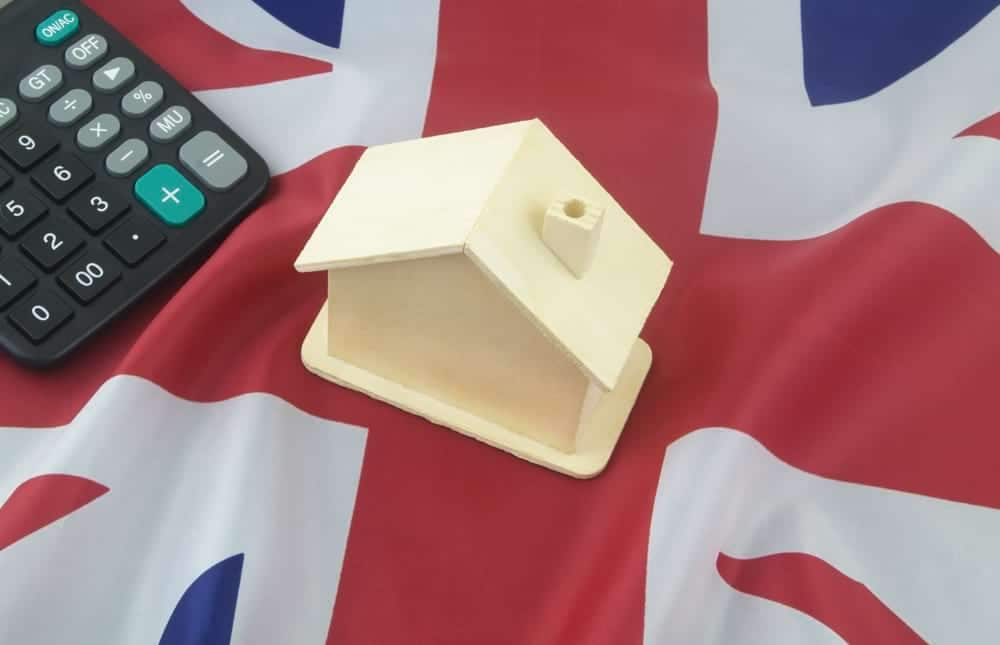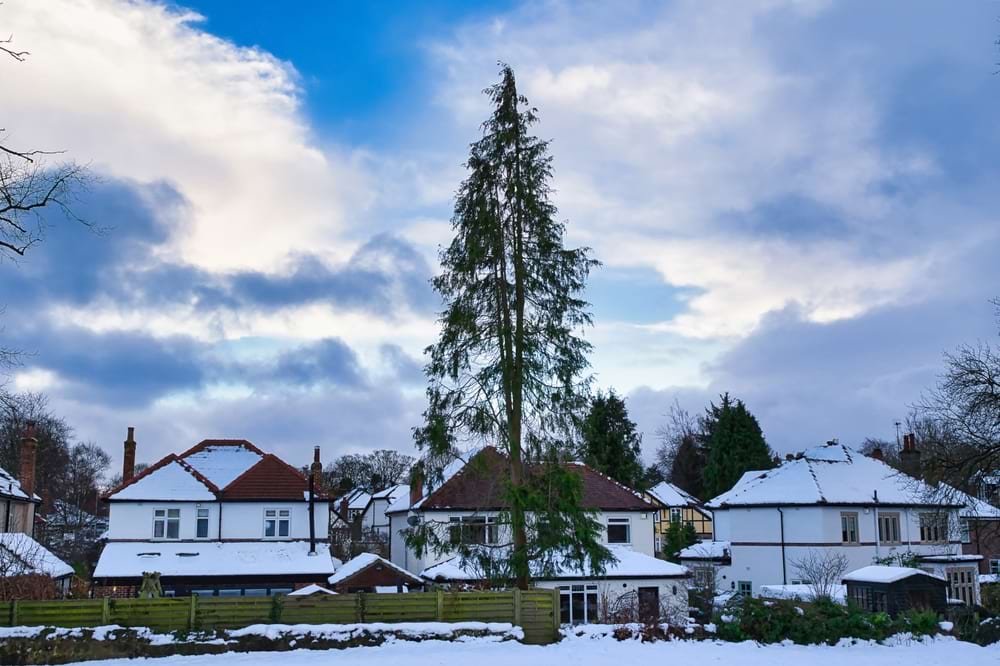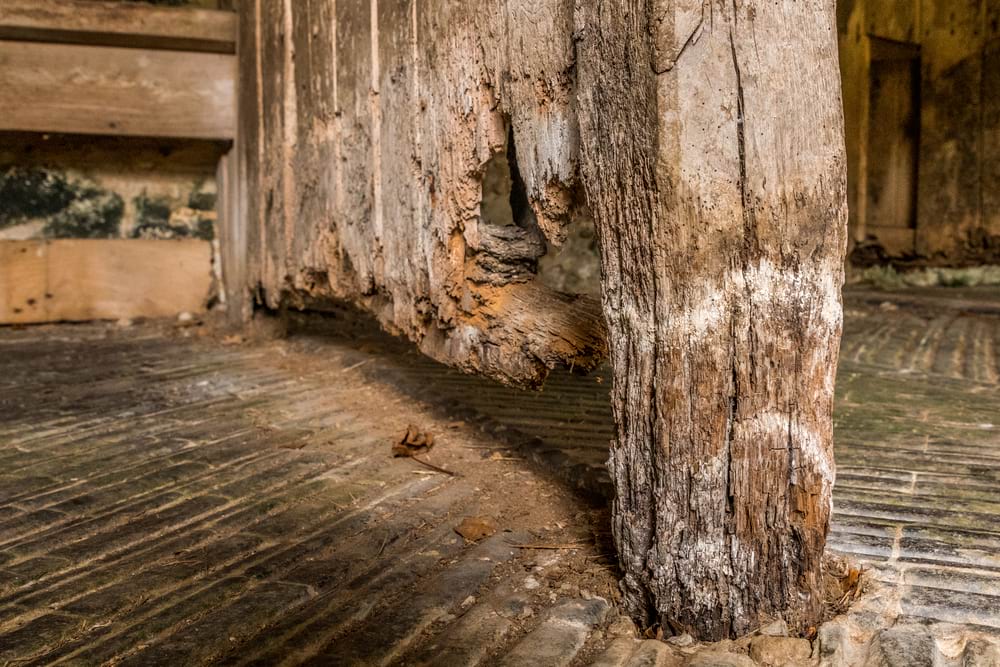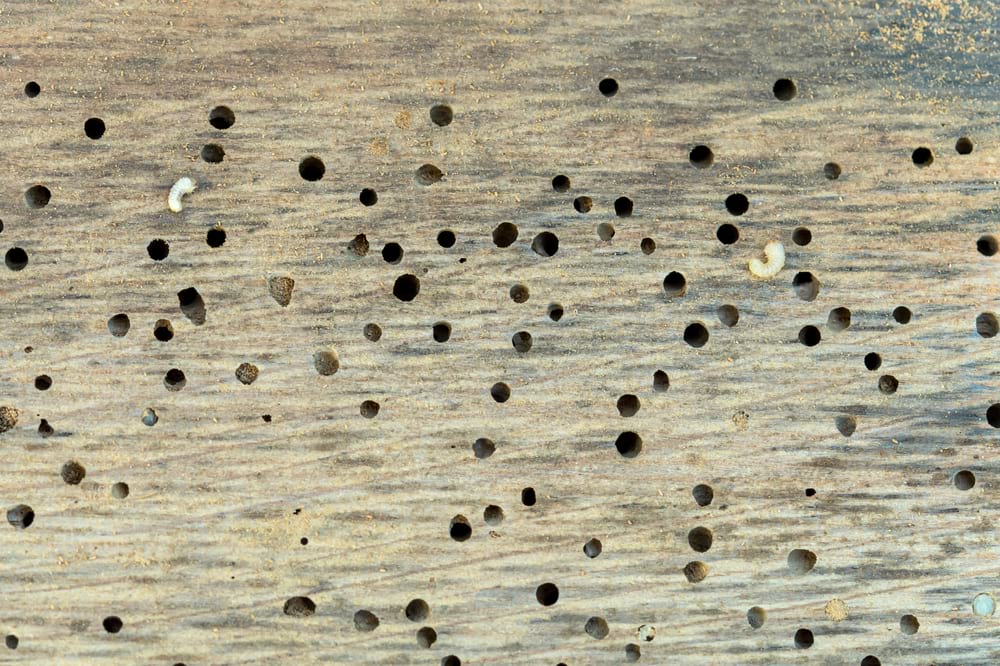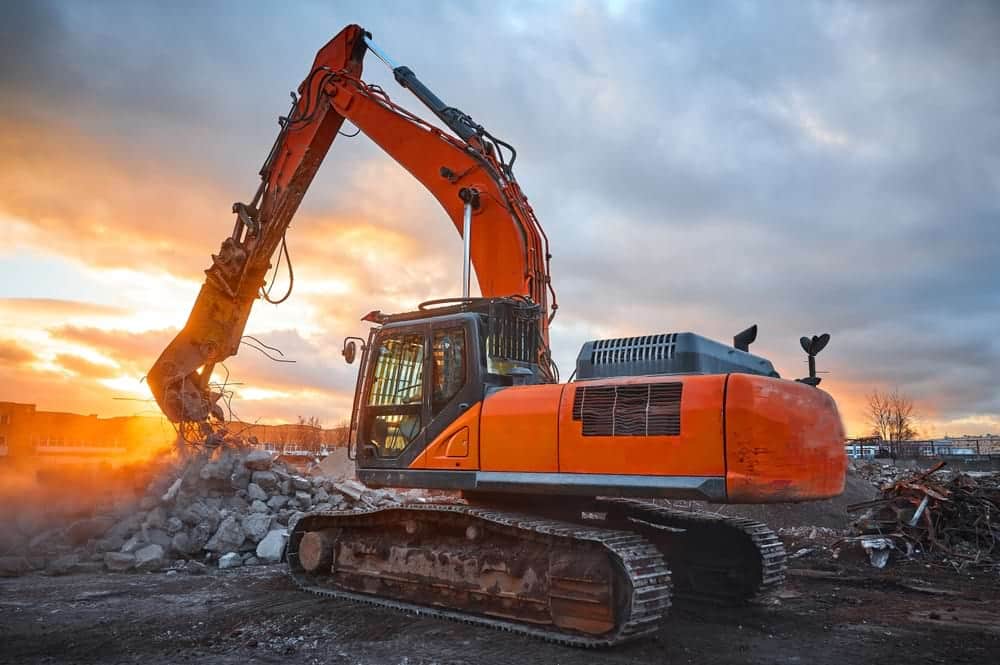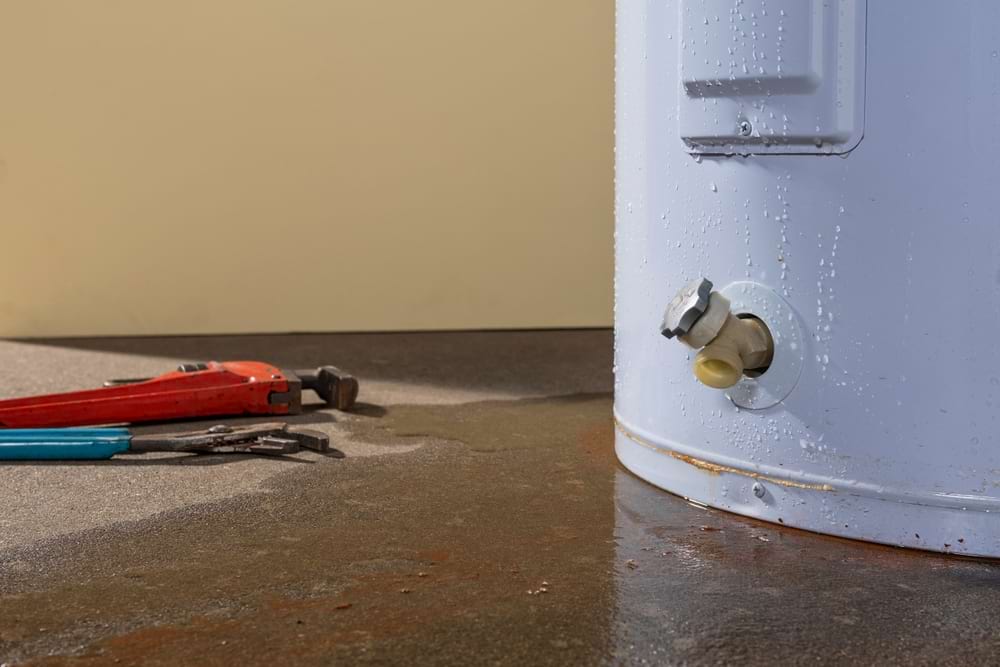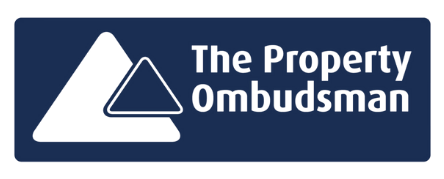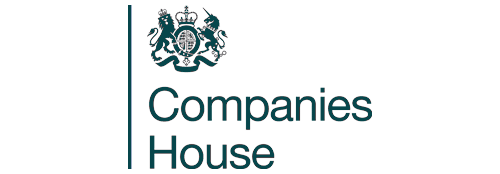House prices in the UK can move up and down.
Knowing the average UK house price is helpful if you’re looking to buy or sell.
Keep reading for the answers you need.
Average house price in England
The average house price in England is £309,000. It is the costliest of the four UK countries.
This number varies based on your location and the type of property. For example:
- Detached: £466,000
- Semi-detached: £299,000
- Terraced: £258,000
- Flats: £257,000.
Some parts of the country are much more expensive than others.
Most expensive English areas
The priciest is London, with an average house price of £531,000.
This is followed by the south-east of England, which has a typical property price of £385,000.
Cheapest English areas
The cheapest areas are the north-east (£166,000) and Yorkshire and the Humber (£219,000).
Average house price in Wales
The average house price in Wales is £223,000. This varies based on the type of property and your whereabouts in the country.
You should consider these factors when looking at local markets in the country.
Wales house prices vary by type as follows:
- Detached: £328,000
- Semi-detached: £217,000
- Terraced: £177,000
- Flat: £147,000.
Two of the most expensive postcodes in Wales include LL64 (Isle of Anglesey) and CF71 (Cowbridge).
Meanwhile, the more affordable locations include:
- Blaenau Gwent
- Merthyr
- Rhondda Cynon Taf
- Neath Port Talbot.
Average house price in Scotland
The average house price in Scotland is around £192,000. But there is a high variation within the country.
Some of the most expensive locations include:
- Edinburgh
- East Lothian
- East Renfrewshire.
Meanwhile, the cheaper areas are:
- Inverclyde
- East Ayrshire
- Aberdeen city.
Average house price Northern Ireland
A typical house in Northern Ireland costs £212,400. This is a 5.3% increase over the past 12 months.
The most expensive locations in the country include:
- Lisburn and Castlereagh
- Causeway Coast & Glens
- Ards & North Down.
Meanwhile, the more affordable areas are:
- Armagh City
- Banbridge and Craigavon
- Derry City & Strabane.
What will happen to UK house prices?
The common opinion amongst experts is that UK house prices will increase throughout 2025.
This is mainly because interest rates are expected to go down.
As one example, Knight Frank forecasts UK house prices will rise 4% in 2025. This growth is expected to continue throughout 2026 and 2027, as well.
Remember that each local market is different, so the growth (or decline) near you can vary.
How to find out the average house price in my local area
This data may be available online, especially if you live in a major city or the countryside. You should do research to find it from a reliable source.
It’s often worth speaking to local estate agents.
They’ll have insight on the local market and can thus hopefully give an accurate figure.
You could research the answer by yourself, too. Look at Zoopla for similar properties’ typical selling prices in your area.
Don’t forget that the average house price depends on economic conditions. Keep an eye on interest rates, and whether you’re in a seller’s or buyer’s market.
Where to invest in property UK 2025
You should pay attention to local markets when deciding where to invest.
You’ll want an area likely to increase house prices significantly over the next few years.
Rental yield is a crucial detail, too, if you plan to rent out your property.
At the time of writing, data shows that the locations with the best rental yield in the UK include:
- Sunderland
- Aberdeen
- Burnley and Dundee.
If you rent out a house here, you’ll likely profit more. The full numbers are:
- Sunderland: 8.96%
- Aberdeen: 8.03%
- Burnley: 8%
- Dundee: 7.96%
- Glasgow: 7.95%
- Middlesbrough: 7.92%
- Blackburn: 7.52%
- Hull: 7.45%
Rental yield tends to be noticeably lower in the southern cities in England, such as:
- Cambridge
- Oxford
- London
- Brighton.
